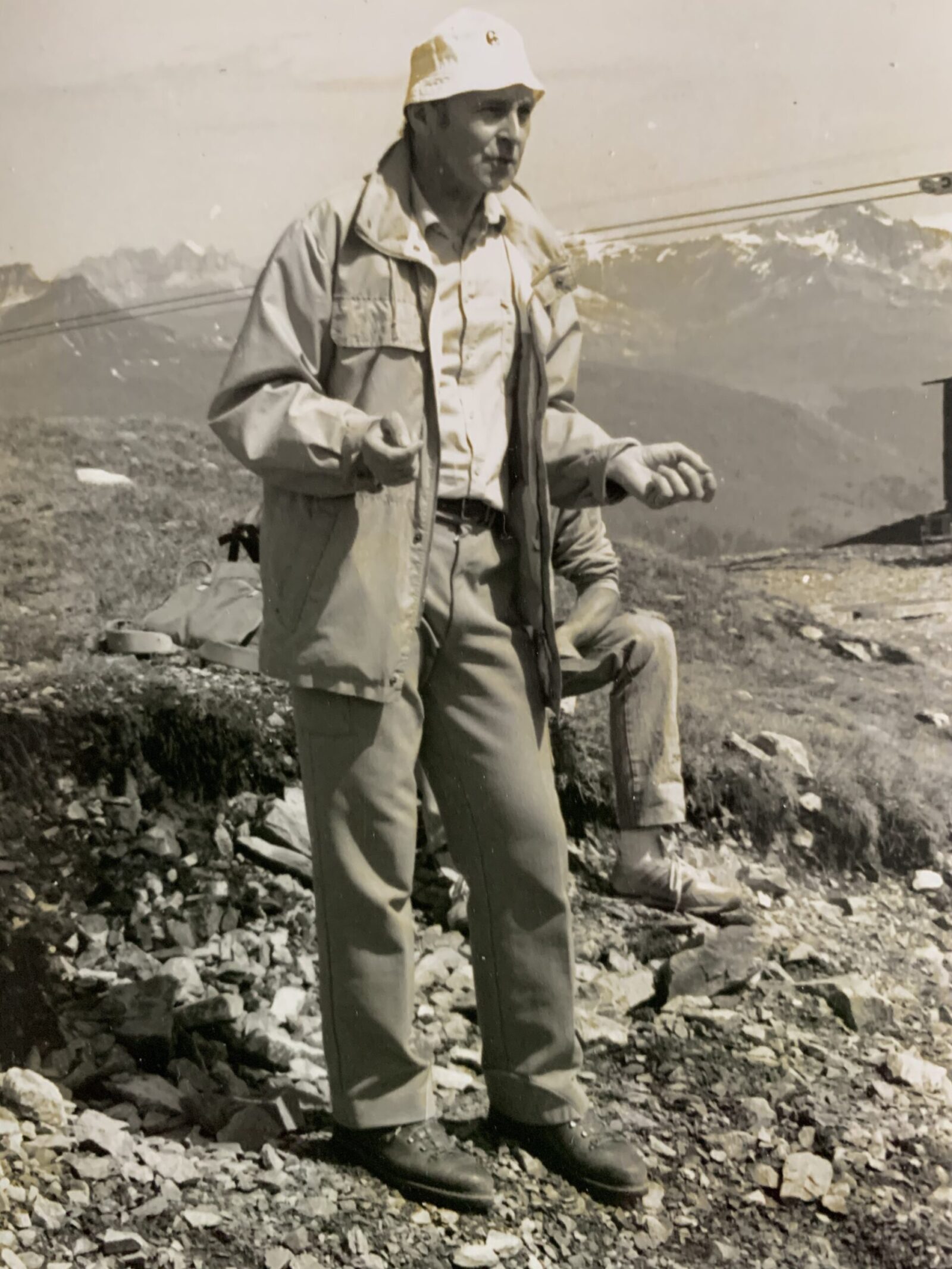The development of agricultural chemistry and soil science at ETH
A tradition of influential scientists and professors
Agricultural chemistry and soil sciences have a long history at ETH. Teaching was established right away and research started early in the twentieth century. Many famous soil scientists came out of the school. Today, 150 years later, the tradition is still continued.
Teaching in soil science and fertilisation for the ETH students in agriculture started in 1871. It was conducted by Anton Nowacki, Professor of Crop Science, who wrote the first Swiss textbook on practical soil science which remained a reference till 1920. He was also highly interested in nitrogen transformations in soils and already conducted fertilisation experiments on the fields of the Strickhof school of agriculture.
Physical chemistry as a basis
Research only started with the arrival of Georg Wiegner at ETH in 1913. Wiegner, who was elected as Professor for Agriculture Chemistry, decided to use basic principles from physical chemistry and simple experimental models to understand soil behaviour. He applied these principles to study ion exchange on minerals and humus, colloid coagulation, alteration and sedimentation. Beside contemporary classical chemical methods, he was also using an ultramicroscope which was then a revolutionary instrument for studying colloids. This fundamental work made his group famous around the world. Beside this, Wiegner and his colleagues developed research on ecological aspects of soil science with the motto from “theory to practice”.
First soil map of Switzerland
One of Wiegner’s famous collaborators was Hans Jenny who got his diploma in Agricultural Engineering from ETH in 1922. He did his doctorate on ion exchange on permutate, and at the same time worked with Josias Braun-Blanquet, one of the founders of geobotany, on the interaction between plant communities and soil development. In 1925, Jenny proposed the first soil map of Switzerland (1:600’000) which was presented at the Swiss agricultural, forestry and garden exposition in Bern where the Institute of Agricultural Chemistry of ETH had a booth. After his doctorate, Jenny went to the USA where he worked on soil microbiology, chemistry and morphology. He became Professor of Soil Chemistry and Morphology at UC Berkeley till 1967. At UC Berkeley, he developed his ground-breaking work on quantitative pedology based on the five state factors of soil formation (time, parent material, topography, climate, vegetation) to which he added the human at a later stage.
Classification of Swiss soil
Another famous collaborator of Wiegner was Hans Pallmann. He became Professor of Agricultural Chemistry at ETH after the retirement of Wiegner. Pallmann’s research was dedicated to soil development, properties and classification, colloid chemistry of soils and in particular humus, relationships between plant communities and soil development, and improvement of soil analyses. His work on soil classification set the basis of what is today the Swiss soil classification. Pallmann became Rector of ETH and later president of what is now the ETH Domain.

Among Pallmann’s colleagues, we can cite Hans Deuel who became Professor of Agricultural Chemistry after Pallmann and continued the research on clay, ion exchange and colloid chemistry. Deuel dedicated a lot of efforts to the characterisation of soil polysaccharides, humic compounds and to the understanding of the interactions between soil inorganic and organic compounds. The Institute of Agricultural Chemistry ended with the death of Hans Deuel. His professorship was divided in two: the first professorship of Soil Science under the leadership of Roman Bach (also an agricultural engineer from ETH) and the first professorship of Food Chemistry under the leadership of Johannes Neukom.
Research and education in the different subdisciplines of soil science remain strong at ETH and continue answering fundamental research questions and societal challenges in Switzerland and internationally.